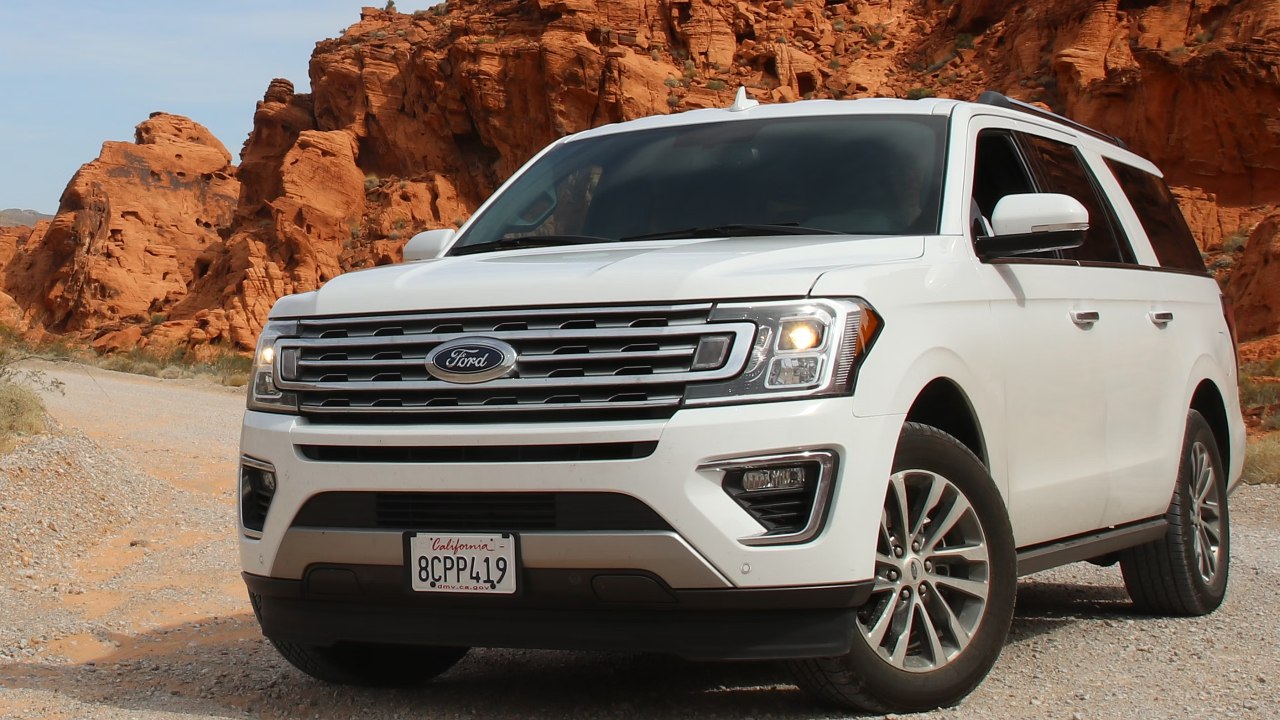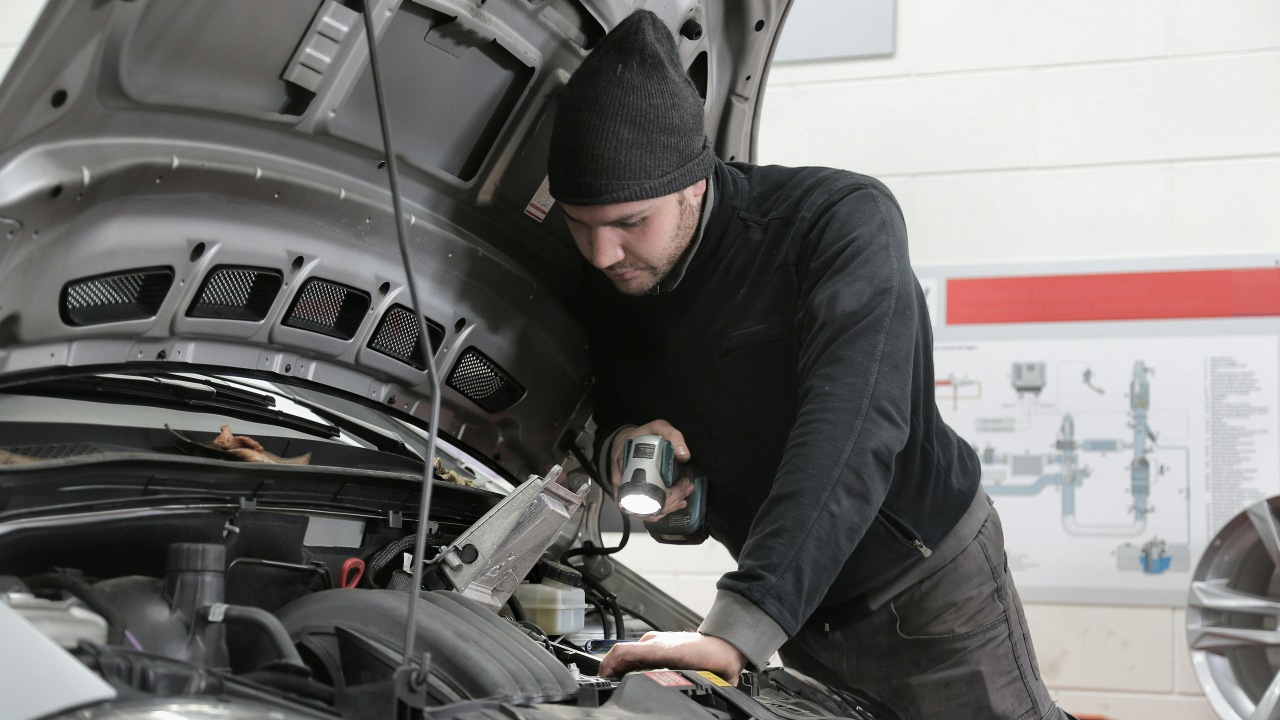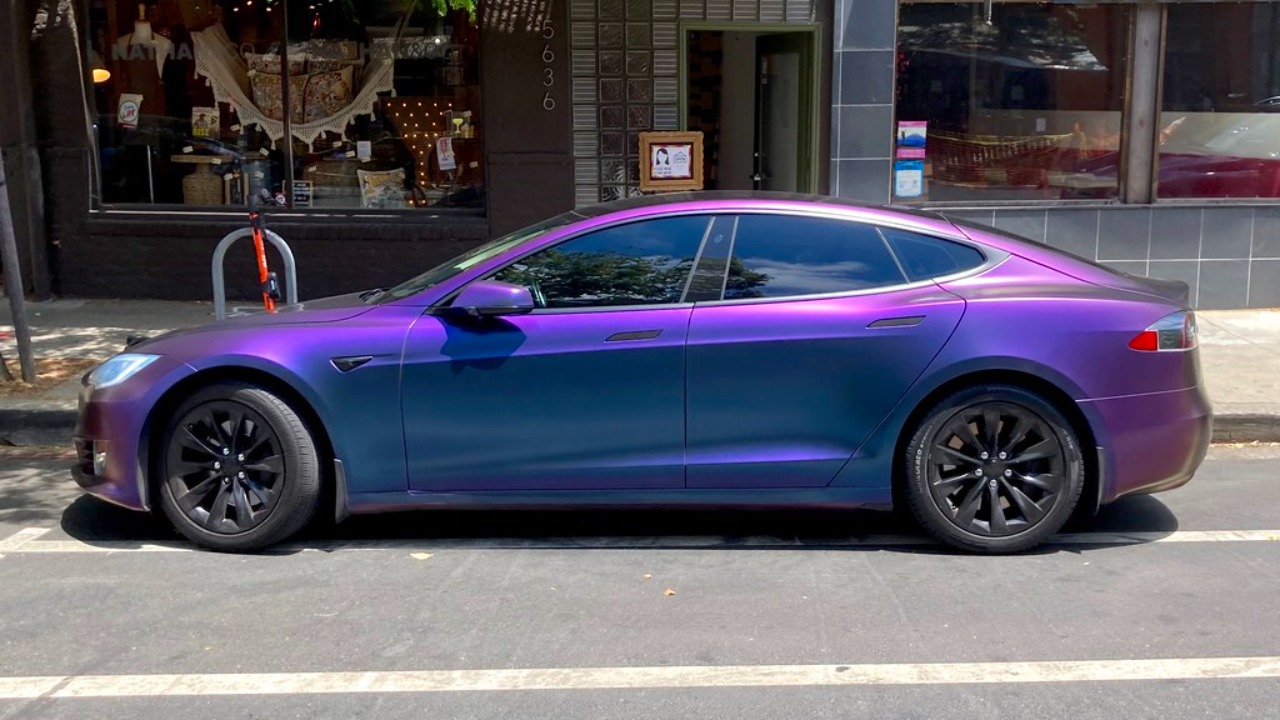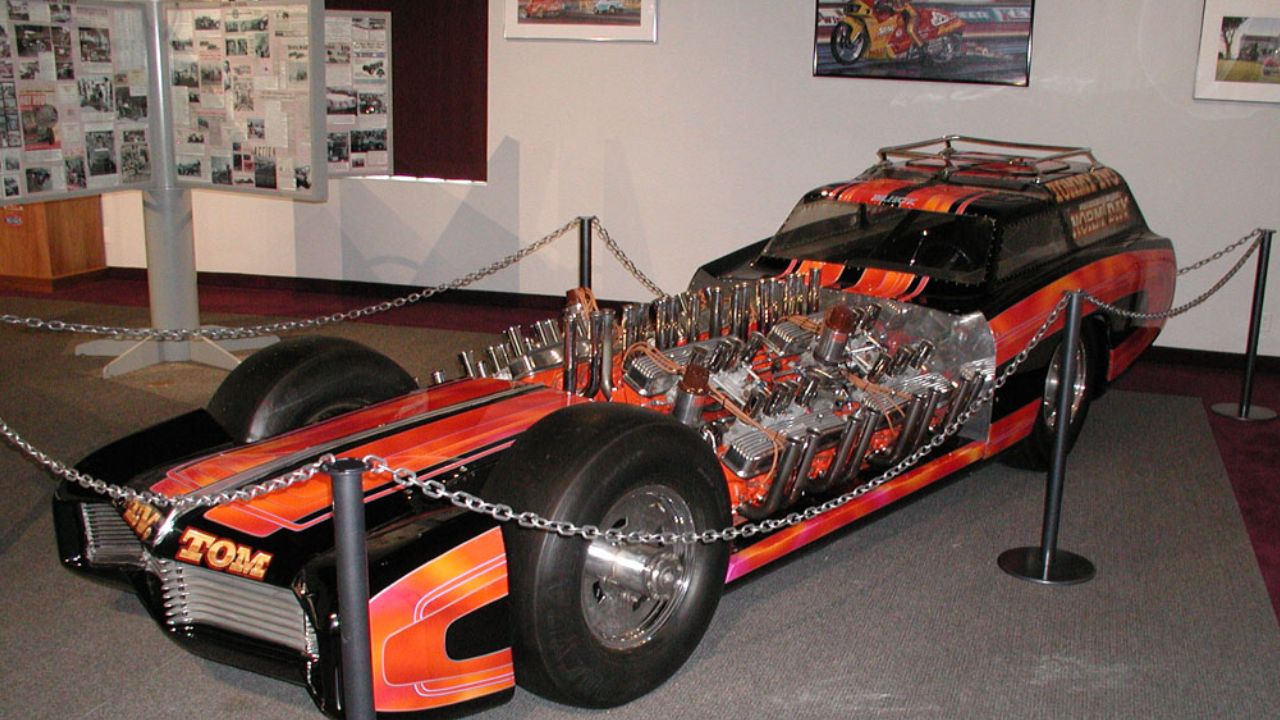The maintenance costs of a vehicle are a crucial consideration for potential car buyers and owners. These costs can vary significantly depending on the car segment, with factors such as technology, parts availability, and overall vehicle complexity playing major roles. Understanding these differences can help in making an informed decision.
Economy Cars

Low Cost of Ownership
Economy cars are often celebrated for their affordability, not just in purchase price but also in maintenance costs. Typical models like the Honda Civic or Toyota Corolla are designed with simplicity in mind, which translates to lower repair bills. Routine services such as oil changes, brake pad replacements, and tire rotations are generally less expensive than other segments. This is because parts are readily available and labor costs are minimized due to straightforward engine and component designs. Additionally, these vehicles often share common parts with other models, reducing the cost of repairs.
Common repairs for economy cars typically include replacing wear-and-tear items like brakes, tires, and batteries. Compared to luxury cars, these parts are more affordable and easier to source. For instance, a brake pad replacement for a Hyundai Elantra might cost around $150–$300, whereas the same service for a luxury sedan could easily double. The simplicity of these vehicles’ mechanical systems also means that labor costs are kept low, as repairs and maintenance can be performed more quickly and without specialized tools.
Fuel Efficiency and Its Impact
One of the most significant benefits of owning an economy car is fuel efficiency. Models such as the Nissan Versa or Ford Fiesta offer excellent miles per gallon (MPG), significantly reducing the overall cost of ownership. The savings on fuel contribute directly to lower maintenance costs, as less stress is placed on the engine. Simpler engine designs often mean fewer components that can break down, translating to less frequent visits to the mechanic.
Fuel-efficient vehicles also tend to have fewer emissions, leading to less wear and tear on the exhaust system. For example, the Toyota Prius, known for its hybrid efficiency, can save owners hundreds of dollars annually in fuel costs alone, not to mention the extended lifespan of engine components due to reduced operational stress. These factors collectively help in maintaining low costs over the vehicle’s lifespan.
Luxury Cars

Higher Maintenance Expenditure
Luxury cars, such as those from BMW, Mercedes-Benz, or Audi, come with a higher maintenance expenditure. The premium nature of these vehicles means they often feature advanced engineering and technology, which can increase both the frequency and cost of repairs. Luxury vehicles use high-quality materials and parts, which are more expensive to replace. For instance, a simple oil change for a Mercedes-Benz S-Class can cost significantly more than for an economy car due to the use of specific synthetic oils and filters.
Another factor contributing to higher costs is the specialized servicing required for these vehicles. Many luxury brands recommend servicing at authorized dealerships or specialized garages that understand the intricate details of these cars. This expertise comes at a premium, with labor rates often exceeding $150 per hour. Additionally, the complexity of luxury vehicles means that even standard repairs can take longer, further increasing costs.
Technology and Its Complications
The advanced technology integrated into luxury vehicles, while offering superior comfort and performance, can complicate maintenance. Features such as adaptive cruise control, advanced infotainment systems, and complex electronics require specialized knowledge and tools for repairs. For example, repairing or replacing a malfunctioning infotainment system in a high-end Audi A8 could cost thousands of dollars due to the need for specific software and parts.
Moreover, the integration of cutting-edge technology can lead to more frequent updates and potential software issues. The reliance on electronic systems for vehicle operations means that even a minor fault can lead to significant problems, requiring expert diagnostics. This dependency on technology requires owners to be prepared for unexpected repair costs that are not as prevalent in other vehicle segments.
SUVs and Crossovers

Durability and Maintenance Needs
SUVs and crossovers are designed with a focus on durability and versatility, which can affect their maintenance needs. The robust build of these vehicles, such as the Jeep Grand Cherokee or Toyota 4Runner, is designed to handle a variety of terrains and driving conditions. This means they often require more frequent maintenance of undercarriage components like suspension systems, which can be subject to wear from off-road driving. Regular checks and replacements of these components are necessary to maintain vehicle performance and safety.
Common issues with SUVs include wear on tires and brake systems due to the additional weight of the vehicle. The larger size and capability of SUVs also mean that these parts are generally more expensive than those for economy cars. However, the durability of SUVs often means they can handle a lot of mileage before major repairs are needed, making them a reliable option for drivers who require versatility and space.
Varied Costs Across Models
The maintenance costs for SUVs can vary significantly across different models and sizes. Compact SUVs, like the Honda CR-V, typically have lower maintenance costs compared to full-size models like the Ford Expedition. The size of the vehicle often dictates the complexity and cost of repairs, with larger models requiring more expensive parts and more labor-intensive repairs.
Additionally, drivetrain options such as all-wheel drive (AWD) or four-wheel drive (4WD) can impact maintenance costs. These systems offer enhanced traction and control but require regular servicing to ensure optimal performance. AWD systems, for example, may need differential fluid changes and additional checks on the transfer case, which can add to the overall cost of ownership. However, for those who frequently drive in challenging conditions, the added maintenance cost is often justified by the improved safety and capability.
Electric and Hybrid Vehicles

Unique Maintenance Requirements
Electric and hybrid vehicles, such as the Tesla Model 3 or Toyota Prius, present a different maintenance landscape compared to traditional gasoline-powered cars. The electric powertrain eliminates the need for many routine services associated with internal combustion engines, such as oil changes and spark plug replacements. However, they come with their own set of unique maintenance requirements, primarily focused on the battery and electric motor.
Battery longevity is a critical factor in the maintenance of electric vehicles. While most manufacturers offer warranties of up to eight years or 100,000 miles on their batteries, replacement costs can be significant. The replacement of a battery pack can cost several thousand dollars, depending on the model and capacity. Regular software updates and checks are also necessary to ensure the vehicle operates efficiently and safely.
Cost Savings and Incentives
Electric and hybrid vehicles offer potential savings in fuel costs and also qualify for various tax incentives and rebates, which can offset the higher initial purchase price. The reduced need for regular maintenance, such as oil changes and transmission checks, means that routine service costs are generally lower than traditional vehicles. For instance, a Nissan Leaf owner might spend considerably less on annual maintenance compared to someone driving a conventional gasoline vehicle.
Government incentives, such as tax credits for purchasing electric vehicles, further enhance the cost-effectiveness of owning these cars. In some regions, additional benefits like reduced registration fees or access to carpool lanes are also available. These factors, combined with the lower operational costs, make electric and hybrid vehicles an attractive option for those looking to minimize their environmental impact while keeping maintenance expenses in check.
Performance and Sports Cars

High-Performance Demands
Performance and sports cars, like the Porsche 911 or Chevrolet Corvette, are engineered for speed and agility, which often translates to higher maintenance costs. The specialized parts required for these vehicles, such as high-performance tires and brake systems, are more expensive than standard components. Additionally, the rigorous demands of performance driving mean that these parts may need to be replaced more frequently to maintain optimal performance.
The need for regular servicing is also more pronounced in sports cars due to their high-revving engines and advanced suspension systems. Frequent oil changes, brake inspections, and tire replacements are necessary to ensure the vehicle remains in top condition. These maintenance tasks, combined with the cost of high-quality components, contribute to the overall higher maintenance costs associated with performance vehicles.
Specialized Servicing
Servicing a performance or sports car often requires the expertise of specialized mechanics who understand the intricacies of these high-performance machines. This expertise comes at a premium, as labor costs are typically higher for specialized service providers. Additionally, the limited availability of certain parts can lead to increased expenses and longer wait times for repairs.
For example, a routine service for a Ferrari might involve not just standard checks, but also detailed inspections of the transmission and engine components to ensure everything operates at peak performance. The necessity for specific diagnostic equipment and tools also means that not all repair shops can handle these vehicles, further limiting options and potentially increasing costs. Despite these challenges, the thrill and experience of driving a high-performance car often justify the added maintenance expenses for enthusiasts.
Like Fast Lane Only’s content? Be sure to follow us.
Here’s more from us:
*Created with AI assistance and editor review.







Leave a Reply